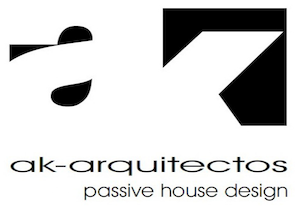Passive Houses
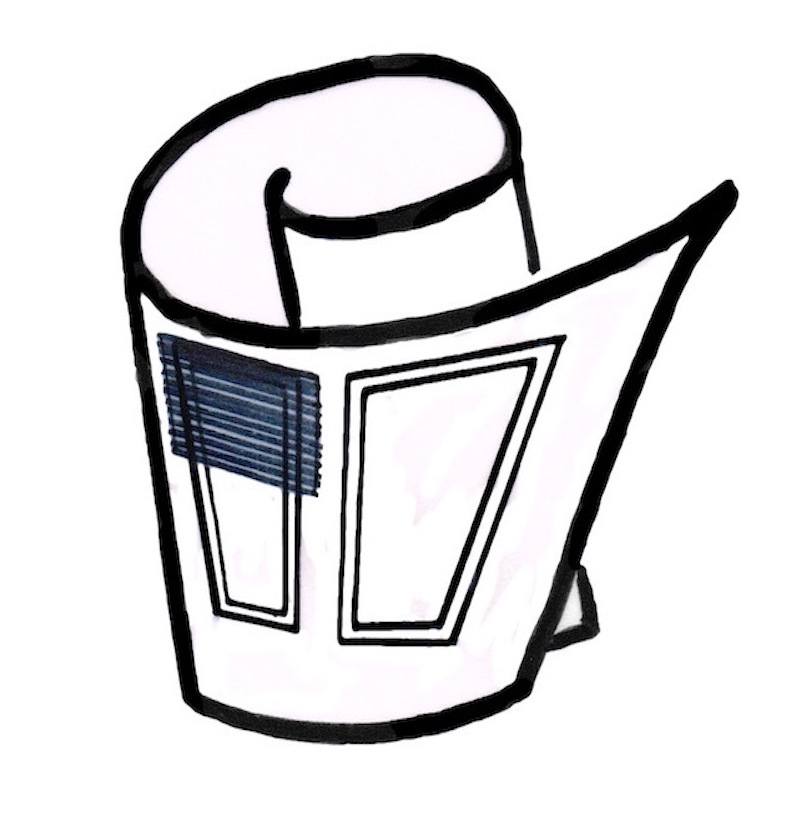
The Design
A building needs style and character and on top a well-thought intelligent concept. In order to achieve the standard of a passive house you would need to start from the first scratch: taking into account the orientation towards south, the proportions, the division of the different surfaces, the quantity and the position of windows as well as the shadow from the building itself and its surrounding. All these conditions and factors have a great influence on the future temperature behaviour of the house.
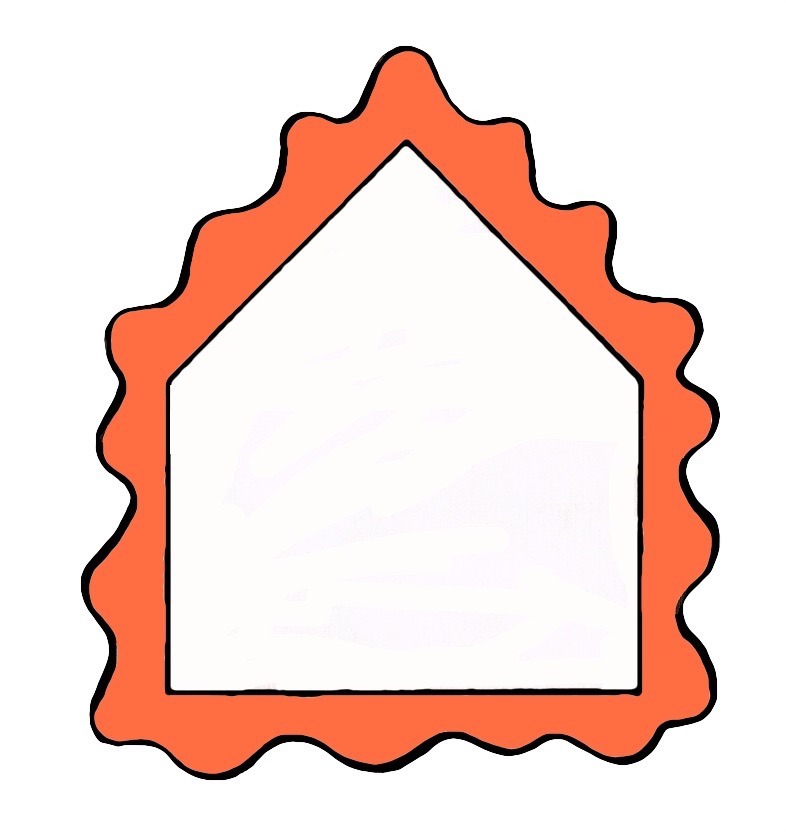
The Thermal Insulation without Thermal Bridges
A sufficient efficient insulation is key for a passive house concept to protect the house against different weather scenarios:
- against the cold in winter
- against cooling through rain or wind
- against the heat in summer
How thick the insulation has to be depends entirely on the climatic conditions and the overall concept and must therefore be calculated on an individual project basis.
A design with a minimum of thermal bridges is absolutely necessary, since these can lead to unexpected internal temperatures and condensation. Thermal bridges can also cause long-term damage to the structure or even mold growth, incl. health problems. Detailing specific structural problem areas is essential to avoid thermal bridges from the outset.
The thermal insulation measures achieve a multi-day buffer effect, which allows the house to continually remain within a pleasant temperature range. Cold walls, ceilings and floors during winter are thereby eliminated. And during summer, the coolness inside the house remains stable for days and weeks at a time.
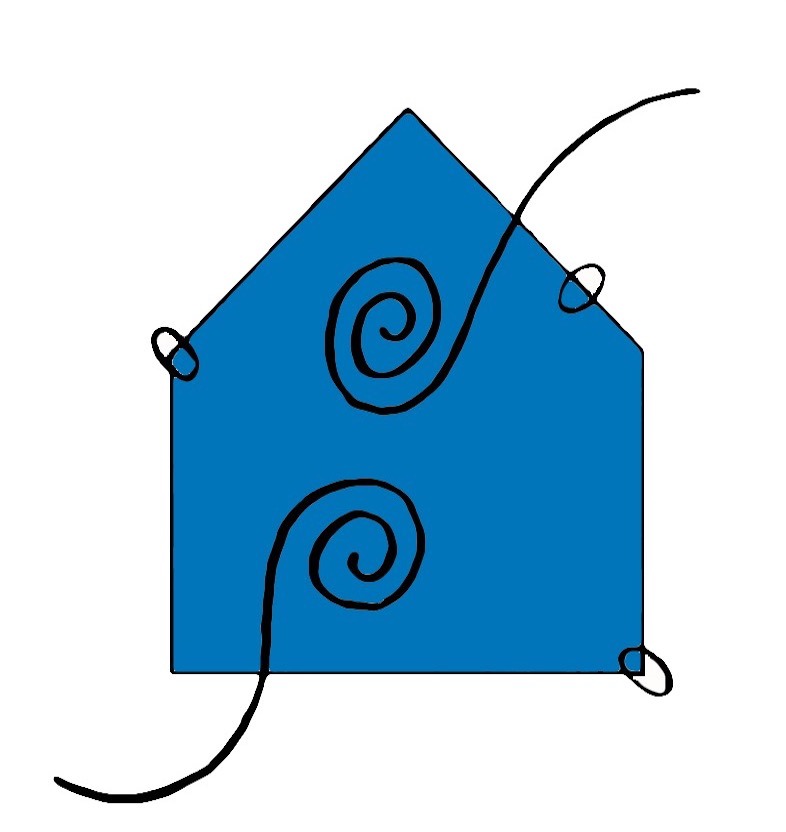
Ventilation System and Airtightness
The installation of a central ventilation system with heat recovery is necessary to ensure good air quality in a Low-Energy or Passive House.
The ventilation system ensures that:
- the entire building is supplied with high-quality, oxygen-rich air.
- the correct humidity level is maintained and mold growth is prevented.
- allergenic pollen is kept out of the house`s interior as much as possible.
- additional heating or cooling losses encountered with manual window ventilation during the day are avoided.
In order for the ventilation system to work well, the house must be made airtight, i.e., without hidden, unwanted ventilation zones between the inside and the outside.
The airtightness of a house is extremely important because it prevents unpleasant drafts, ensures the functioning of the ventilation system and significantly increases the comfort level within the house.
Airtightness also prevents additional general heating and cooling losses as well as mold growth in places with hidden drafts. At the same time, the balancing buffer effect of a Passive House is made possible.
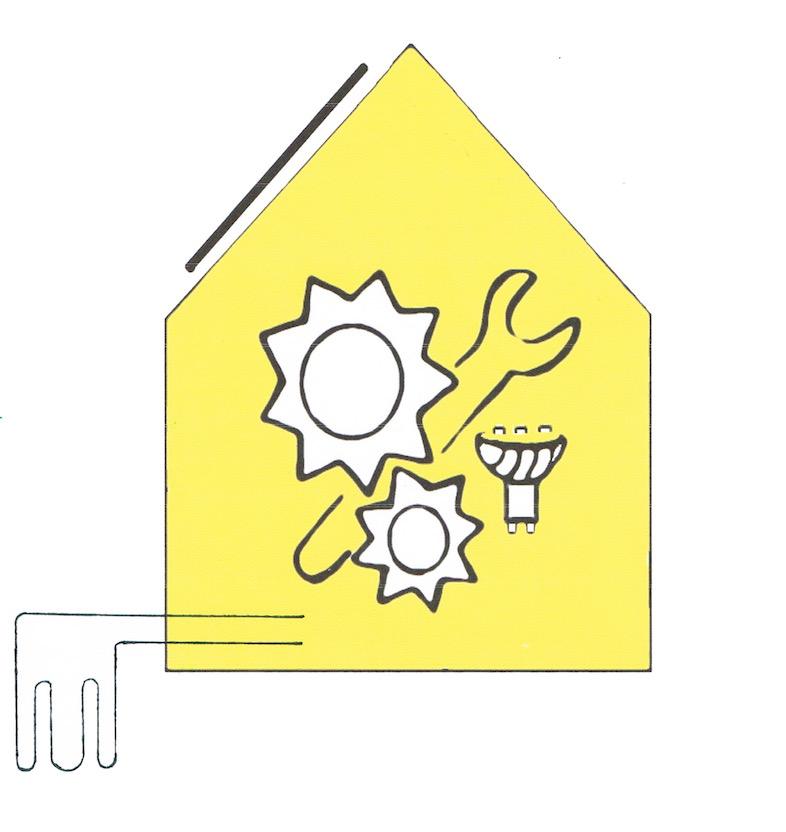
Building Technology: efficient and renewable
The scope of the building technology employed in the house can vary greatly and depends primarily on the local situation and the individual project.
The objective is to use intelligent technology:
- to efficiently provide heating, hot water, electricity and water
- with the aid of various locally available natural energy sources such as solar, wind and geothermal.
The objective is also to protect the house against the sun during the hot summer season. Besides several architectural solutions for shading systems building technology can help to protect the house from overheating by means of automatic and daylight-dependent blind control.
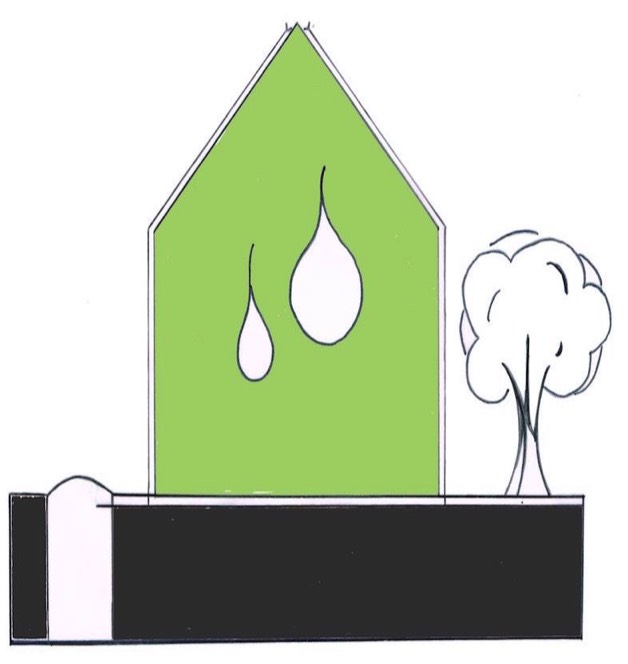
Building Balance
We create buildings in balance with their surrounding: it is of high importance to take into account sustainable building material and to work within a socially fair work environment.
Creating buildings in our sense mean creating a wonderful and healthy atmosphere for living and working.


